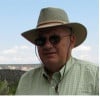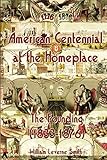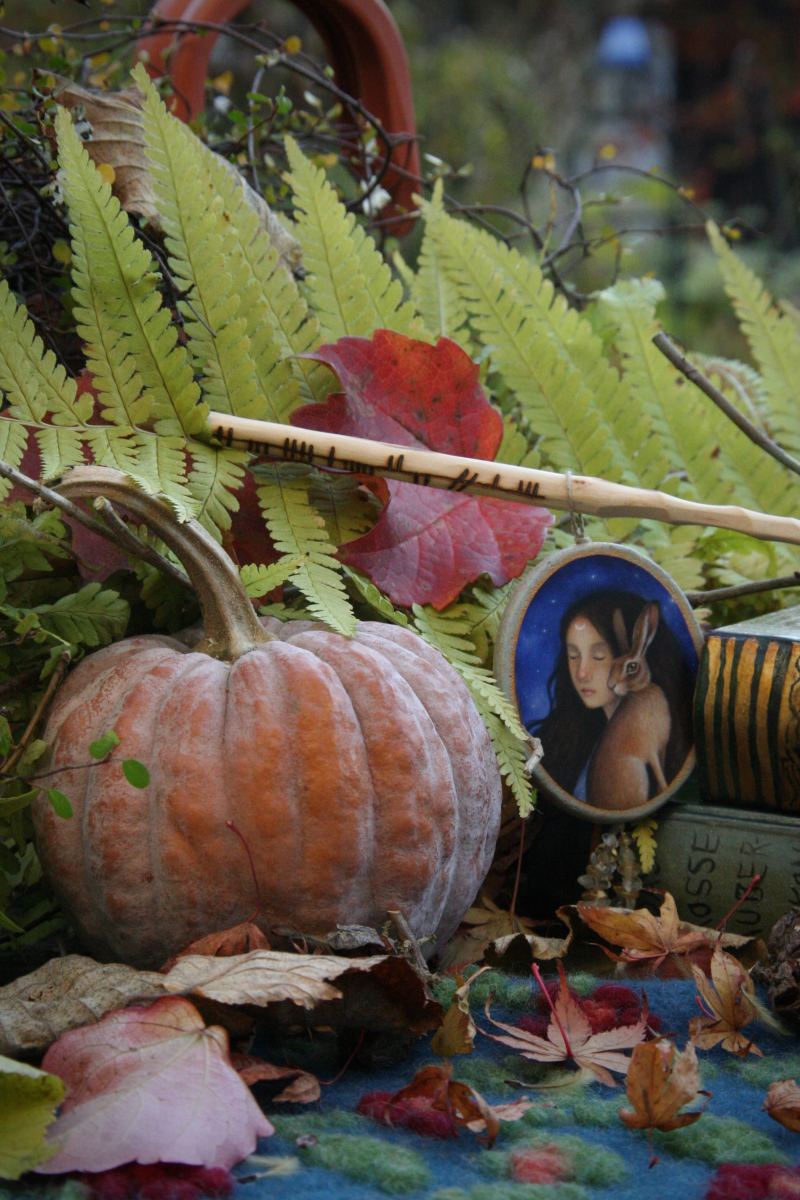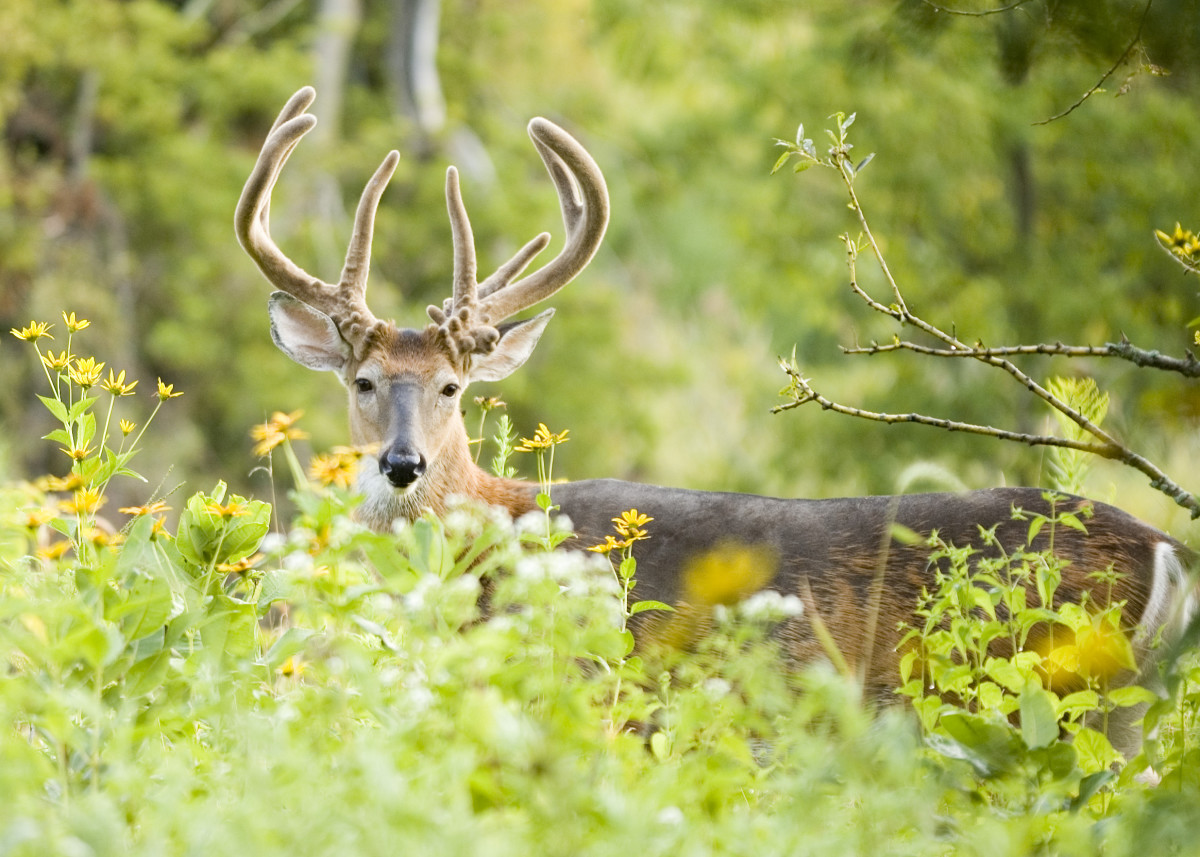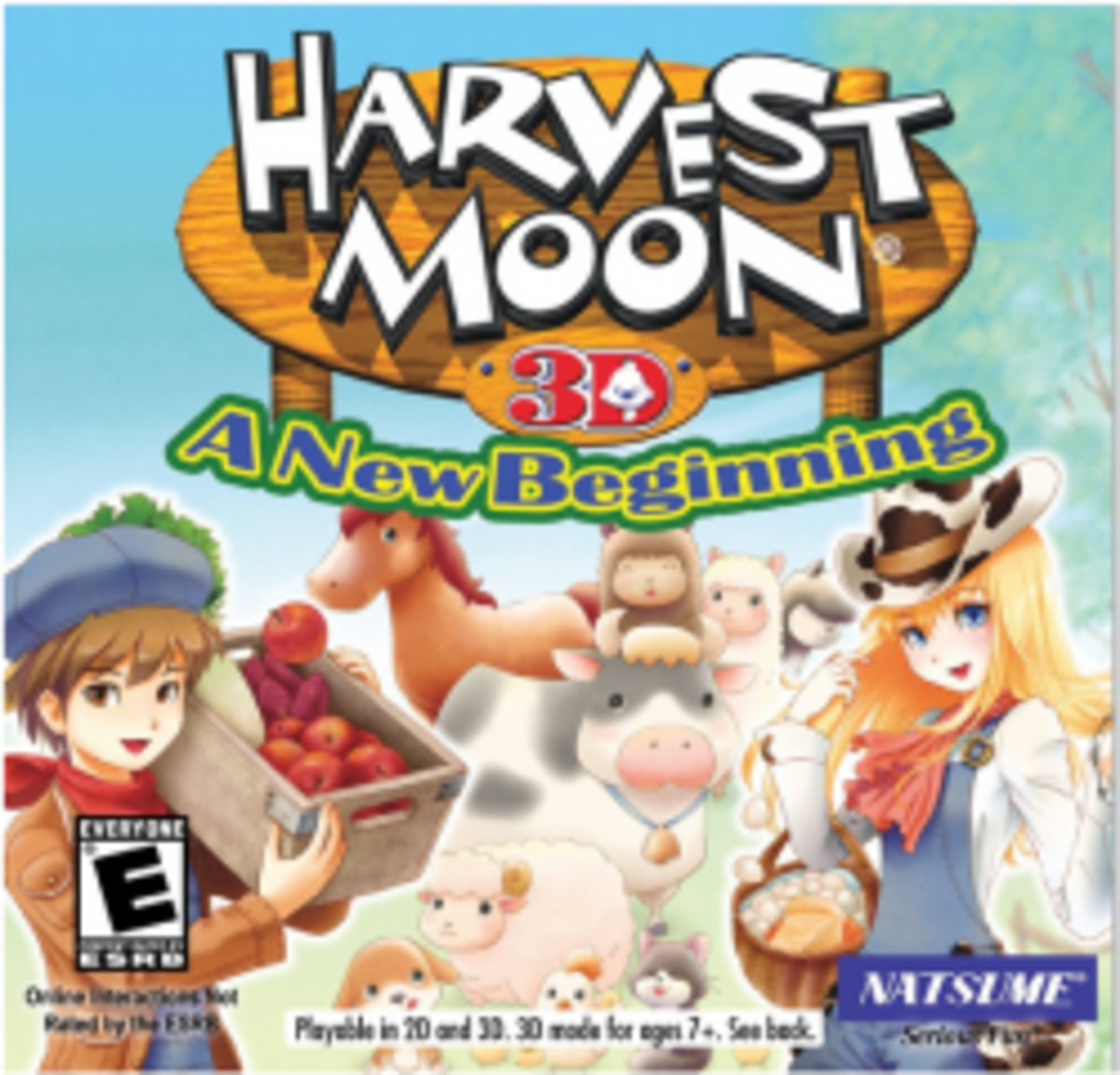Jake Patton Memoirs - JP13 - Jake Saw the First Year in the Valley Become the Second
Each family had their own approach to their harvest of corn
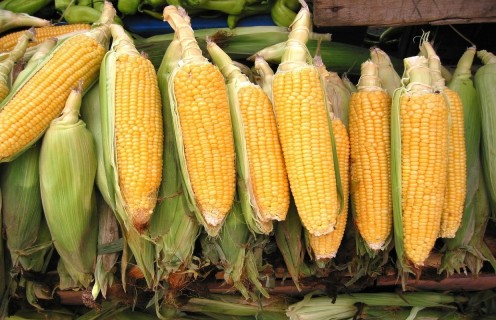
Jake Recalled The First Harvest Season
With some neighbor-helping-neighbor efforts, as usual, we managed to get that first harvest in 1833 completed in time to celebrate at Fourth Sunday in November. Once the crops were fully ready to be harvested, the time to actually complete the harvest was shortened this year because we each had relatively small acreages devoted to this first year of crops. Fourth Sunday in November was a combined Harvest Home Festival and Thanksgiving for the residents of the valley. The crops had been good, especially under the circumstances, and everyone was greatly relieved that this was the case. Thoughts shortly turned to winter and what that might bring. A date was set for butchering the two hogs that had been fattened for the purpose.
The butchering had to be put off for a few days, however, because on the night before the date set, in the first week of December, we got our first snowfall. Along with about five inches of snow, the following day, the temperature dropped below freezing and stayed for about 48 hours. Winter arrived early, and reminded each of us that there were still things we needed to do to prepare better for the upcoming colder season. Animals needed to be watered and fed, especially with snow on the ground and freezing temperatures. Each residence quickly discovered where the wind and cold could get inside that we had overlooked. Additional firewood needed to be gathered and stored for the next storm, whenever that might occur.
We had gotten a crude smokehouse constructed, in anticipation of the butchering date, so it was ready when we actually got to the butchering. Everyone pitched in, as planned, and the fresh meat was a welcome reward for a job well done. The smokehouse was filled with hams and other cuts that would be appreciated throughout the coming months. Salt had been harvested from the lick to allow large quantities of meat to be salted and preserved, as well. By the time this work was done, the weather returned to ‘normal,’ at least we told ourselves that. We each carefully recorded the weather conditions each day in our journals, eager to see how it would progress as the colder period of the year approached.
The early snow in December was a surprise
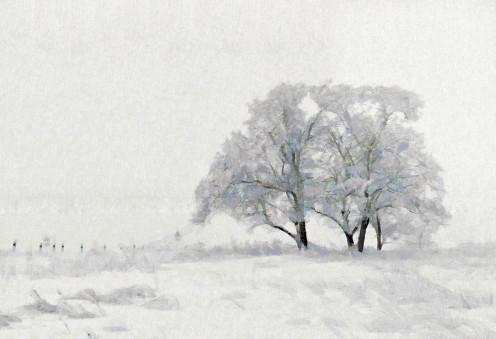
Jake Recorded The Changing Weather Conditions
That snow in early December melted in a few days, and the rest of December and early January of 1834 was relatively mild. We were pleased to be able to work on a number of our projects across the valley without the weather being a real hinderance. Hugh and Owen continued to assist Robert as he slowly and methodically created his mill and related parts and pieces. Owen and I assisted from time to time as he needed various metal work done. Most of that was small pieces, but one was large. Over several months, we created a horizontal waterwheel that would eventually power the whole mill, as well as the saw mill, of course. Also, over time, we assisted with hinges and parts on the millrace system that Robert devised to control the water from the creek over the waterwheel. This was done over several months as well, of course, but we began work on it during the winter.
Each of these opportunities gave me new excuses to teach Owen different blacksmithing techniques as applied in the real-world, not just apprenticeship exercises. He learned well; he did well. We had three or four inches of snow in mid-January, again once in February, and finally in the second week of March. Each time, the sun came out in a couple of days, and the snow melted away. We had no prolonged severely low temperatures over sustained periods. Each of us felt we were very fortunate, but would welcome this kind of winter each year.
On some of the nicer days, one of our miscellaneous activities was to explore as many of the caves as we could locate along the northeast ridge, as we could, both to the west and to the east of Oak Creek. Henry and I did most of the exploring to the east. Robert and I did most of the exploring to the west. The caves to the west were especially interesting because several were habitat to large colonies of bats. Four of these caves had large amounts of bat guano that would be worthy of extraction and processing.
The weather allowed some early spring plowing in 1834
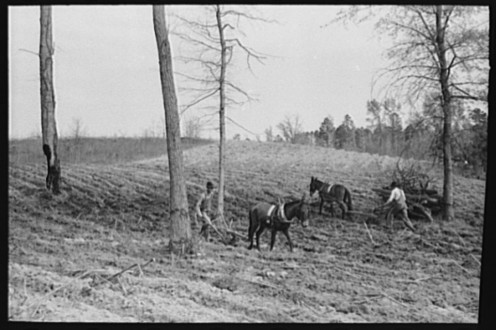
Jake And The Others Sought Out And Used Natural Resources In The Valley
Bat guano was valuable both as a fertilizer and as a source of processed sodium nitrate for gunpowder. During those first couple of years, as time allowed, we did excavate and process substantial quantities of this material and created gunpowder to meet our needs. I was familiar with the process and we were successful in generating useful quantities. I did find some small quantities of sulfur near the salt lick, so this allowed us to make a higher quality of gunpowder than if we had not found that.
In other caves, we also located small quantities of low grade lead, iron and copper, but none was worth considering mining it seriously. I found it especially interesting that whereas we had found the many bats in the caves west of Oak Creek, there were no signs of any bats in the caves to the east. Those caves tended to be somewhat larger, and drier. Did that make a difference, or was it something else? I never discovered an answer to that question.
By the end of March, each of us had gotten started on spring plowing and harrowing. It was time to begin work in the gardens which this year we prepared near each of the five cabins, for the individual families to tend and care for. Both of my mares had dropped their foals as anticipated, one male and one female. Each of the four milk cows had also had their calves, three females and one male. Overall, the animals across the valley had survived the winter well. I believe the count was three small pigs and five chickens that had been lost to either weather or predators. That was actually an excellent result for our first winter in the valley.
[See JP14, to follow]
From the Author
This series of stories, JPx, is part of a first draft of what I hope and assume becomes a published novel in support of “The Homeplace Saga” series of family saga, historical fiction stories. It features the self-told story of one of the original settlers of the Oak Creek Valley, Colonel Jake Patton. Some, including him, would say he was the leader of the group. He had a very big ego, that is for sure, but he always tried to make it look like what he was doing was for the benefit of the community. And, of course, it was. But, there was always something in it for him, as well. He managed to grow the inheritance he was fortunate to receive from his father into something that left a nice trust fund for his descendants. We’ve already seen some of these stories, earlier, in the Saga tales. Come along, and let’s see how Colonel Patton tells his own story.
Note: I will publish JPx hubs, from time to time. I will write occasional notes at Patreon about Jake Patton. I may write other things elsewhere. These are each a part of the creative process to create the true first draft of a novel. You, my readers, can take part in this effort at www dot patreon dot com slash HomeplaceSagas. Join us there Today.
This is "The Homeplace Saga" series of family saga, historical fiction stories
- "The Homeplace Saga" Blog
The home blog for "The Homeplace Saga" series of historical fiction family saga stories set in the southern Missouri Ozarks. All updates of the series are mentioned on the blog, regardless of platform.
